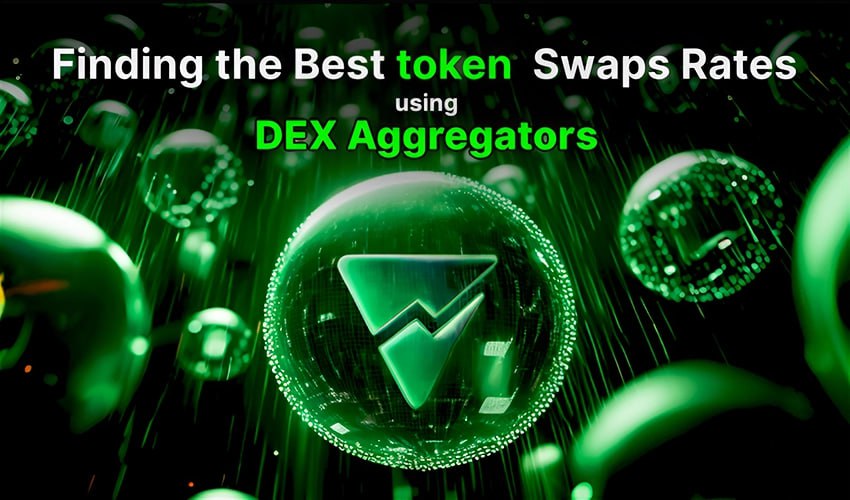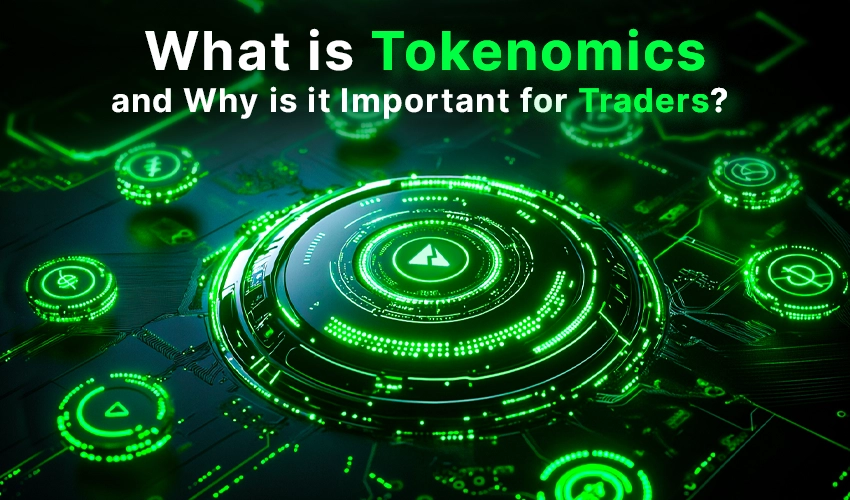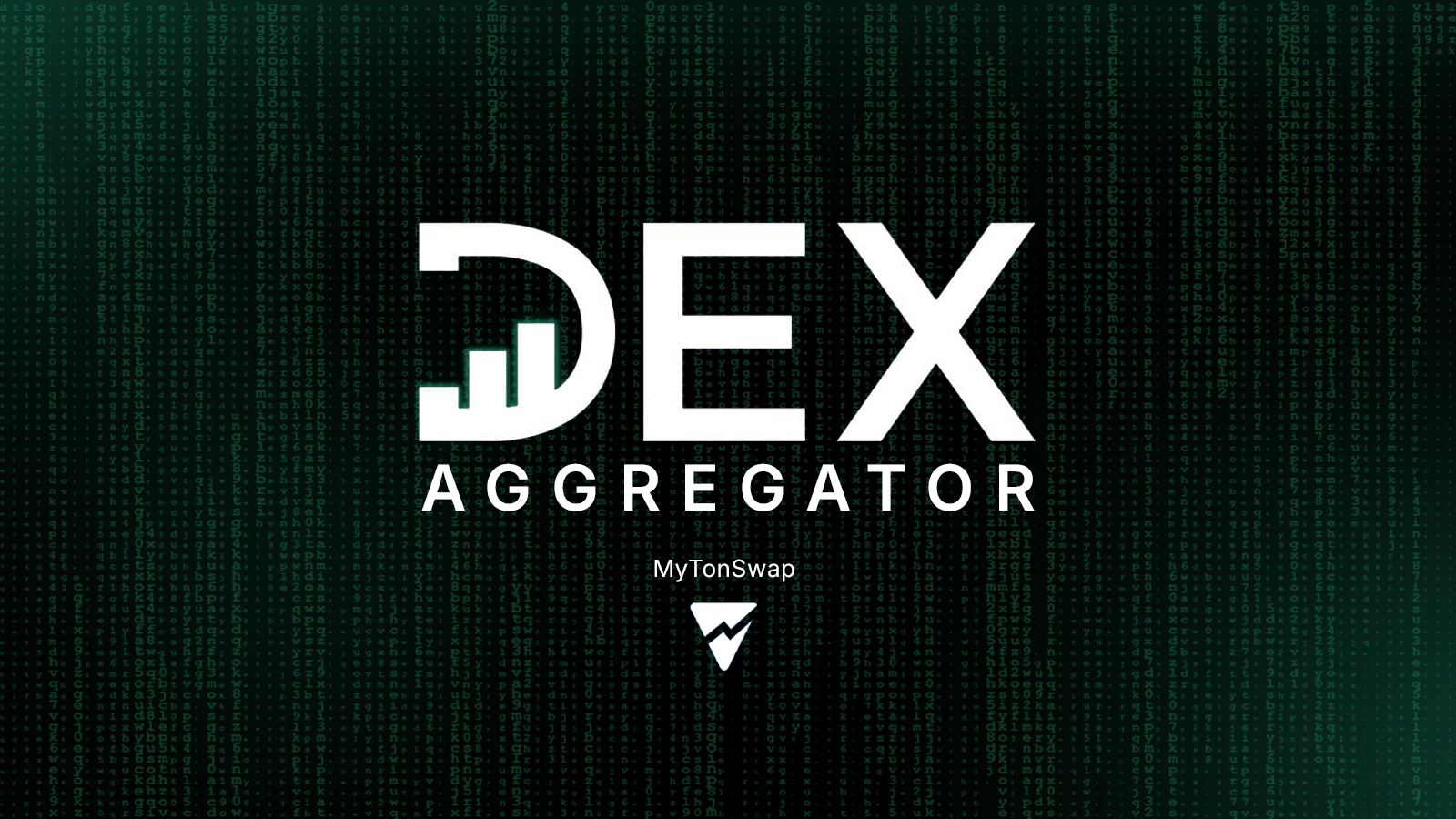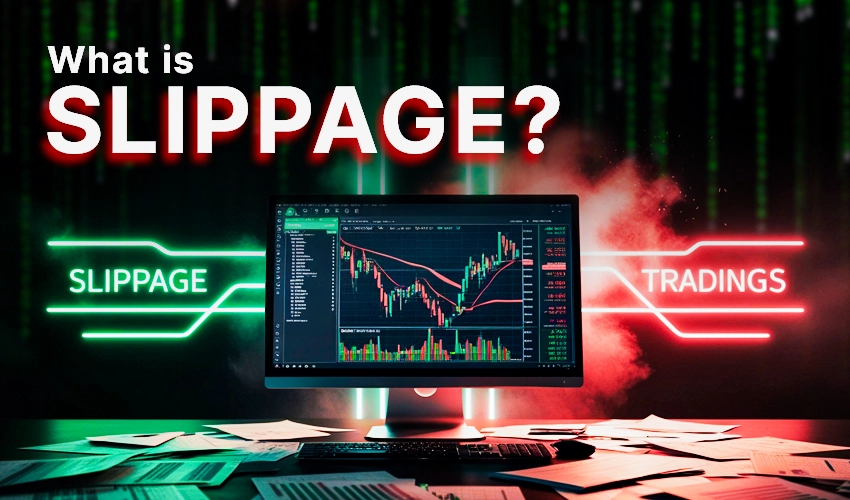
What is Slippage in Crypto Trading?
Slippage is an essential concept in crypto trading, especially when using decentralized exchanges (DEXs) or DEX aggregators. It occurs when the final price of a trade is different from the expected price at the time of initiating the transaction. This article explains slippage, why it happens, and ways to manage it during trades. Additionally, we’ll cover the differences in slippage between DEXs and centralized exchanges (CEXs), how slippage affects trading costs, and strategies for setting appropriate slippage tolerance.
What is Slippage?
Slippage happens when the price of a cryptocurrency changes between the time you place an order and when it’s executed. This price movement can be either positive or negative:
- Positive Slippage: You get a better price than expected.
- Negative Slippage: You receive a worse price than expected.
Example of Slippage in a Token Swap
Imagine you want to swap 100 USDT (Tether) for 50 TON (Toncoin) using a DEX aggregator on the TON Blockchain. The aggregator shows that you’ll get 50 TON for your 100 USDT before you confirm the swap. However, after the swap completes, you receive only 20 TON instead of the expected 50 TON.
This drastic reduction from 50 TON to 20 TON is due to slippage, meaning the price of TON changed significantly during the swap. Here, the TON price increased while your transaction was processing, so you ended up receiving far less than anticipated.
To prevent this from happening, you can set a slippage tolerance. For example, if you set a slippage tolerance of 5%, your trade will only go through if you receive at least 47.5 TON (5% less than the original 50 TON). If the price change is so drastic that you’d receive less than 47.5 TON, the transaction will be reverted, protecting you from extreme price fluctuations.
Why Does Slippage Happen?
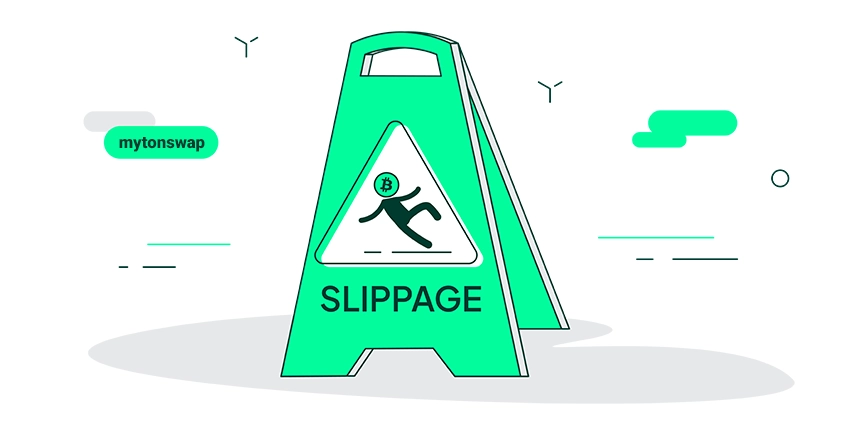
Several key reasons can cause slippage during a trade:
- Market Volatility: Cryptocurrencies often experience rapid price changes, particularly in volatile markets. The TON price, for instance, might have risen significantly by the time your swap was completed.
- Low Liquidity: When there isn’t enough liquidity in the trading pool, the available tokens at the expected price may be insufficient to fill your order, causing the trade to execute at a less favorable price.
- Large Orders: A large trade order may deplete all available tokens at a certain price, forcing the remaining part of the trade to execute at a worse price.
How Slippage Differs Between DEXs and CEXs
Slippage is generally more common on DEXs than on CEXs. Here’s why:
- DEXs rely on liquidity pools, where slippage can occur if there aren’t enough tokens in the pool to support the trade at the desired price. Smaller pools are more susceptible to price fluctuations.
- CEXs, in contrast, often use an order book model that matches buyers and sellers directly, providing more price stability. This model helps mitigate slippage risks, especially for high-liquidity pairs.
Impact of Slippage on Trading Costs
Slippage directly affects the cost of a trade. For example, when experiencing negative slippage, you may end up paying more for an asset than expected, increasing your trading expenses. This is particularly significant in high-volatility markets, where slippage can drastically raise transaction costs and affect your returns.
Importance of Slippage in Small and Low-Liquidity Assets
Slippage is more likely to occur with smaller, low-liquidity tokens or in volatile assets. Traders investing in less popular or emerging tokens should be aware that low liquidity makes it harder to execute trades at expected prices, increasing the likelihood of negative slippage.
How Does Slippage Tolerance Work?
Most DEXs and DEX aggregators allow you to set a slippage tolerance before completing a trade. This tolerance defines how much price movement you’re willing to accept before the trade is canceled. For example:
- Setting Slippage at 1%: If you expect to receive 50 TON, a 1% slippage tolerance allows your trade to go through as long as the final amount is no less than 49.5 TON. If the price moves beyond that, the trade will fail.
- Setting Slippage at 10%: With a higher tolerance, like 10%, your trade will proceed as long as the final amount is no less than 45 TON. While this allows for a larger price change, it ensures your transaction executes even if the market fluctuates significantly.
How to Reduce Slippage
While slippage can’t always be avoided, here are several strategies to reduce its impact on your trades:
- Set an Appropriate Slippage Tolerance: Adjusting your slippage tolerance allows you to control the amount of price variation you’re willing to accept. A lower tolerance provides more control but may cause the trade to fail in volatile times. A higher tolerance ensures the trade executes but may yield a less favorable price.
- Trade During Low Volatility: Avoid trading during high market volatility periods. When prices are more stable, slippage is less likely to occur.
- Check Liquidity Pools: If trading on a DEX on the TON Blockchain or other platforms, verify the liquidity of the token pair. Higher liquidity reduces the risk of significant slippage.
- Use Limit Orders on CEXs: On centralized exchanges, use limit orders to set a specific price for buying or selling an asset. The order won’t go through if the price doesn’t reach that level, helping you avoid slippage.
- Leverage Tools for Slippage Management: Some exchanges offer tools such as price alerts or market depth analysis to help traders monitor potential slippage risks and trade with more confidence.
Conclusion
Slippage is a key consideration in crypto trading, especially when swapping tokens on DEXs or using DEX aggregators. It happens when the price changes between the time you start and complete a trade, affecting the final amount you receive.
In our example, expecting 50 TON but receiving only 20 TON is a result of slippage. By understanding slippage and setting appropriate slippage tolerance, you can better manage your trades and protect yourself from unexpected price changes. Whether trading on the TON Blockchain or other platforms, being aware of slippage can help you make more informed trading decisions and reduce the cost impact on your trades.


